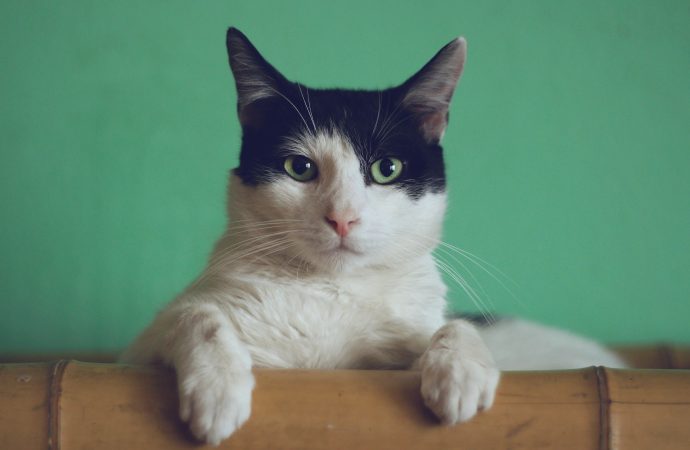Introduction: Cats have many intriguing behaviors, but one that often captures our attention is their kneading behavior, also known as “making biscuits.” Whether it’s on a soft blanket, your lap, or even your stomach, cats exhibit this rhythmic motion of pushing their paws in and out. But what exactly is the science behind feline kneading?
Introduction:
Cats have many intriguing behaviors, but one that often captures our attention is their kneading behavior, also known as “making biscuits.” Whether it’s on a soft blanket, your lap, or even your stomach, cats exhibit this rhythmic motion of pushing their paws in and out. But what exactly is the science behind feline kneading? In this article, we will delve into the fascinating world of cats’ kneading behavior and explore the reasons behind this unique feline habit.
Uncovering the Instinctual Origins:
To understand why cats knead, we need to delve into their ancestral roots. Kneading is believed to be an instinctual behavior that dates back to their kittenhood. As newborns, kittens knead their mother’s mammary glands to stimulate milk flow. This action is imprinted in their DNA, and even as adult cats, they continue to exhibit this behavior.
Physical and Emotional Comfort:
Kneading is not only a remnant of their kittenhood, but it also serves as a means of comfort for adult cats. The rhythmic motion of pushing their paws in and out against a soft surface can provide a sense of relaxation and security. It’s akin to humans hugging a pillow or stroking their hair when they feel calm and content.
Scent Marking and Territory:
Another fascinating aspect of feline kneading is its connection to scent marking. Cats have scent glands in their paws, and when they knead, they release pheromones onto the surface they’re kneading. This behavior helps cats mark their territory and communicate with other felines in the area. It’s their way of saying, “This is mine.”
Emotional Bonding:
Beyond instinctual and territorial reasons, kneading also plays a role in emotional bonding. When a cat kneads you, whether it’s your lap or your chest, it’s a sign of trust and affection. By kneading, cats are essentially claiming you as their own, creating a bond between you and your feline companion.
Understanding the Science:
Scientists and researchers have studied the phenomenon of feline kneading to unravel its mysteries. They have found that kneading triggers the release of endorphins, which are natural pain relievers and mood boosters. It can help cats alleviate stress and anxiety, promoting a sense of well-being.
Conclusion:
The science behind feline kneading reveals a fascinating blend of instinctual behavior, physical comfort, scent marking, and emotional bonding. While each cat may have its own unique reasons for kneading, it’s a behavior deeply ingrained in their nature. So the next time your cat starts “making biscuits” on your lap, appreciate the intricate science behind this charming feline habit.

















Leave a Comment
Your email address will not be published. Required fields are marked with *